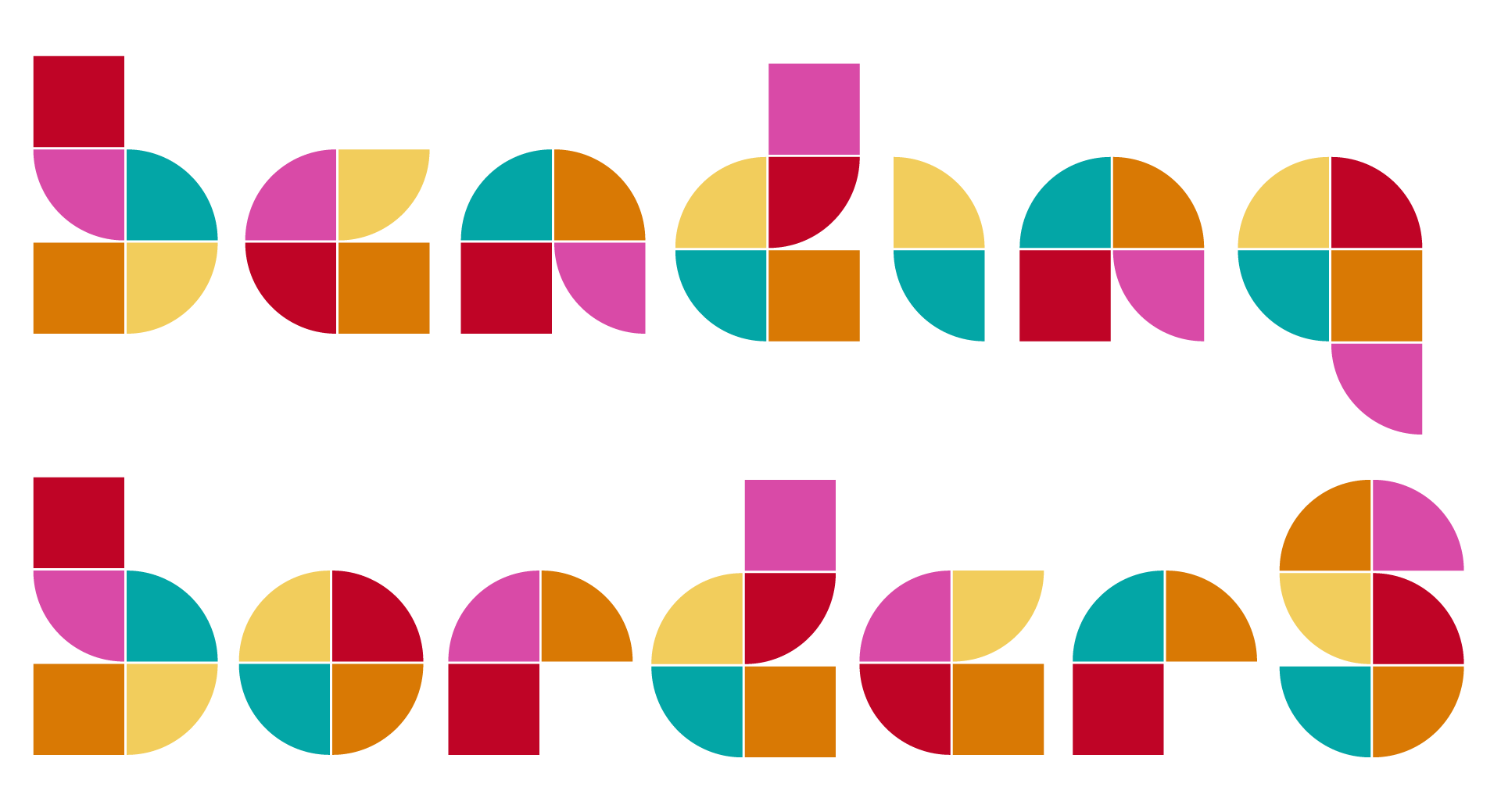Cultural exploration and diversity are cornerstones of progress in today’s interconnected world. As societies evolve, the importance of fostering cultural exploration and diversity becomes increasingly evident. From organizational strategies to family-oriented approaches, integrating cultural and diversity initiatives across various settings can unlock creativity, drive innovation, and promote inclusivity. Whether through educational curricula, community events, or corporate programs, the goal is to create environments where diverse perspectives thrive, ensuring that everyone has the opportunity to grow and succeed. This article delves into actionable strategies and practical approaches to embedding cultural exploration and diversity into daily life, offering insights for families, educators, organizations, and beyond.
Key Takeaways
– Adopt Cultural Exploration Daily: Incorporate diverse elements into routines, such as trying new cuisines or exploring foreign films.
– Promote Cultural Awareness: Use educational resources like books and documentaries to enhance understanding of different traditions.
– Engage with Diverse Communities: Participate in cultural events and volunteer with organizations focused on inclusivity.
– Leverage Technology: Utilize apps and virtual reality to connect with global cultures and expand cultural horizons.
– Support Diverse Initiatives: Patronize local businesses celebrating diversity and advocate for inclusive company policies.
– Reflect and Grow Individually: Document cultural experiences through journaling or blogging to foster personal development and empathy.

How Can Organizations Foster Cultural Exploration and Diversity?
Organizations can effectively foster cultural exploration and diversity through intentional strategies that create inclusive environments, celebrate differences, and encourage cross-cultural interactions. Below are proven approaches to achieving this:
- Implement Inclusive Policies
- Develop policies that support diversity and inclusion, such as offering flexible work arrangements, promoting gender-neutral bathrooms, and ensuring equal pay for all employees.
- Provide anti-discrimination training to all staff members to create a respectful workplace culture.
- Establish diversity and inclusion committees to oversee initiatives and measure progress.
- Promote Diverse Leadership
- Create mentorship programs that pair employees from different cultural backgrounds to foster mutual understanding and professional growth.
- Encourage leadership roles for underrepresented groups to reflect the diversity of the organization.
- Offer leadership development programs specifically tailored to prepare diverse candidates for executive positions.
- Host Cultural Events and Celebrations
- Organize cultural fairs, potluck dinners, and themed celebrations to showcase the unique traditions and customs of employees.
- Sponsorevents that highlight global holidays, such as Diwali, Lunar New Year, or Carnival, to educate employees about different cultures.
- Partner with local communities or cultural organizations to host public events that promote cultural exchange.
- Encourage Employee Resource Groups (ERGs)
- Facilitate the formation of ERGs around common interests, such as cultural heritage, religious practices, or shared experiences.
- Provide resources and support for these groups to organize activities, share knowledge, and strengthen bonds among employees.
- Leverage Technology for Cultural Exchange
- Create internal platforms or forums where employees can share their cultural stories, recipes, or traditions.
- Use video conferencing tools to host virtual cultural exchanges between teams in different locations.
- Develop online modules or workshops that teach employees about cultural sensitivity and awareness.
- Measure and Evaluate Progress
- Regularly conduct surveys to gauge employee satisfaction and feelings of belonging within the organization.
- Track metrics such as diversity in hiring, promotions, and retention rates to assess the effectiveness of diversity initiatives.
- Share success stories and lessons learned internally to continuously improve efforts.
By implementing these strategies, organizations can create environments where cultural exploration thrives, leading to greater innovation, employee engagement, and long-term success. The journey toward fostering diversity and cultural exploration is ongoing, but the rewards are well worth the effort.
How Families Can Incorporate Cultural Exploration Into Daily Activities
Families can easily embrace cultural exploration through simple yet meaningful daily activities that foster global connections and enrich their lives. Here are some creative approaches:
- Cooking and Sharing International Cuisines: Explore recipes from different countries and host themed dinner nights. For instance, try making sushi, pasta carbonara, or curries from around the globe.
- Learning Basic Phrases in Different Languages: Introduce a new language each month. Start with simple words like “hello” or “thank you” in Spanish, French, or Mandarin.
- Celebrating Holidays Internationally: Participate in cultural celebrations like Diwali, Chinese New Year, or Mardi Gras by learning traditional customs and foods.
- Visiting Museums and Cultural Institutions: Take regular trips to museums, art galleries, and cultural centers to explore artifacts and exhibits from diverse backgrounds.
- Reading Books From Around the World: Select children’s books or chapter books that feature characters from different cultures to spark discussions about traditions and customs.
- Attending Cultural Festivals and Events: Look for local or online cultural festivals that showcase music, dance, food, and traditions from various regions.
- Playing Global Board Games: Enjoy games like Monopoly, Scrabble, or Ludo that have variations inspired by different cultures and their traditions.
- Watching Documentaries About Cultures: Rent or stream documentaries that highlight the customs, history, and daily life of people from diverse cultures worldwide.
- Growing Plants From Different Regions: Start a small herb garden or grow plants native to other continents to learn about their cultural significance and cuisine.
- Hosting Potluck Dinners: Organize potluck gatherings where each family brings a dish representing their cultural heritage, fostering conversations about traditions.
- Creating Art Projects Inspired by Cultures: Engage in crafts like origami, tie-dye, or sand mandala-making to connect with cultural practices from around the world.
- Volunteering for Cultural Causes: Support local organizations that promote cultural preservation by participating in volunteer activities.
- Telling Stories From Different Cultures: Share bedtime stories or family tales that originate from various cultures to broaden understanding and appreciation.
- Planning Themed Family Trips: Plan vacations centered around cultural experiences, such as visiting historical sites, attending cultural festivals, or experiencing traditional practices.
- Exploring Local Neighborhoods: Discover cultural hotspots in your own community, like ethnic restaurants, markets, or community centers.
- Using Cultural Exploration Apps: Utilize educational apps that offer insights into different cultures, traditions, and historical facts for kids and adults alike.
Beyond these activities, families can also engage in conversations about cultural differences during meals or storytime, encouraging empathy and curiosity. By making cultural exploration a part of their routine, families can create lasting memories while broadening their horizons. Whether through food, art, or travel, the possibilities are endless!

Integrating Cultural Exploration and Diversity into Educational Curricula
To effectively integrate cultural exploration and diversity into educational curricula, educators can adopt several strategies that foster inclusivity, empathy, and global awareness. Here’s a structured approach:
1. Thematic Units
Create dedicated units focused on specific cultures or regions. For example, a unit on “Cultures of Asia” could include lessons on traditional customs, festivals, and historical contexts. Incorporate multilingual resources and guest speakers from diverse backgrounds to enrich student experiences.
2. Cross-Cultural Comparisons
Modify existing subjects like science or math to include comparative studies. For instance, compare the mathematical concepts of different cultures or analyze environmental practices globally. This approach encourages students to view knowledge from varied perspectives.
3. Hands-On Activities
Engage students through interactive tasks such as cooking traditional dishes, creating cultural art, or reenacting historical events. These activities make learning tangible and relatable, helping students connect with different cultures in a meaningful way.
4. Inquiry-Based Learning
Encourage students to conduct independent research on cultural topics of their choice. This method nurtures curiosity and critical thinking while allowing students to share diverse viewpoints in class discussions.
5. Resource Utilization
Leverage existing educational resources that promote cultural diversity. Websites like Bending Borders offer rich content and lesson plans tailored for educators aiming to enhance cultural exploration in the classroom.
6. Global Collaboration
Facilitate connections between students from different countries through collaborative projects or virtual exchanges. Platforms like Global Collaboration Network enable cross-cultural communication and understanding.
7. Culturally Responsive Assessment
Develop assessments that reflect diverse learning styles and cultural contexts. This ensures evaluations are fair and inclusive, providing insights into students’ ability to appreciate and understand different perspectives.
8. Professional Development
Organize workshops for educators to explore strategies for integrating cultural diversity into curricula. Sessions could include hands-on activities, resource sharing, and discussions on best practices.
By implementing these strategies, educators can create environments where cultural exploration and diversity are not just additive but integral to the learning experience, preparing students to thrive in an increasingly interconnected world.

Cultural Exploration and Diversity Integration Strategies
Integrating cultural exploration and diversity into everyday life can be achieved through various strategies that foster understanding and appreciation of different cultures. Here are effective approaches:
- Daily Habits:** Incorporate cultural elements into routine activities. Try new recipes from different cuisines, listen to diverse music genres, or watch films from various cultures during downtime.
- Educational Initiatives:** Promote cultural awareness in schools and workplaces. Use educational resources like books, documentaries, and guest speakers to highlight different traditions and histories.
- Community Engagement:** Participate in cultural festivals, workshops, and events to connect with diverse communities. Volunteer with organizations focused on cultural preservation and inclusivity.
- Technology Utilization:** Leverage digital tools for cultural exchange. Use apps for language learning, explore virtual reality tours of global landmarks, and engage with social media groups dedicated to cultural dialogue.
- Economic Impact:** Support local businesses that celebrate diversity. Purchase products from various cultures and advocate for companies with inclusive policies in their operations.
- Personal Growth:** Reflect on cultural experiences through journaling or blogging. Share insights to inspire others and document personal evolution.
By implementing these strategies, individuals and communities can create a more inclusive and enriched daily life, ultimately benefiting from the vibrant tapestry of human existence.
Cultural Exploration and Diversity Integration Strategies
Integrating cultural exploration and diversity into everyday life can be achieved through various strategies that foster understanding and appreciation of different cultures. Here are effective approaches:
- Daily Habits:** Incorporate cultural elements into routine activities. Try new recipes from different cuisines, listen to diverse music genres, or watch films from various cultures during downtime.
- Educational Initiatives:** Promote cultural awareness in schools and workplaces. Use educational resources like books, documentaries, and guest speakers to highlight different traditions and histories.
- Community Engagement:** Participate in cultural festivals, workshops, and events to connect with diverse communities. Volunteer with organizations focused on cultural preservation and inclusivity.
- Technology Utilization:** Leverage digital tools for cultural exchange. Use apps for language learning, explore virtual reality tours of global landmarks, and engage with social media groups dedicated to cultural dialogue.
- Economic Impact:** Support local businesses that celebrate diversity. Purchase products from various cultures and advocate for companies with inclusive policies in their operations.
- Personal Growth:** Reflect on cultural experiences through journaling or blogging. Share insights to inspire others and document personal evolution.
By implementing these strategies, individuals and communities can create a more inclusive and enriched daily life, ultimately benefiting from the vibrant tapestry of human existence.

Cultural Exploration and Diversity in Everyday Life
Cultural exploration and diversity can be seamlessly integrated into everyday life through thoughtful actions and mindful engagement with different perspectives. Here’s how:
- Incorporate Cultural Elements into Daily Routines: Start by introducing elements of different cultures into your daily activities. Try cooking a dish from a new country, listen to music from various backgrounds, or incorporate traditional art into your decor.
- Educate and Share Knowledge: Use opportunities to educate yourself and others about different cultures. Engage in conversations that celebrate diversity and share stories from around the world.
- Support Local Communities: Get involved in cultural events or festivals that celebrate diversity. Attend workshops, classes, or talks that offer insights into different traditions and practices.
- Be Open-Minded in Interactions: Approach interactions with people from different backgrounds with curiosity and respect. Listen actively and ask questions to learn from their experiences.
- Use Technology for Connection: Utilize digital platforms to explore cultural content. Apps, websites, and social media can provide easy access to diverse stories, traditions, and perspectives.
- Foster Global Connections: Engage with people from different countries through online communities, forums, or networking groups. Share your own culture and learn from others in real-time.
- Reflect and Grow Individually: Take time to reflect on how cultural exposure affects your personal growth. Consider how diversity influences your views and decisions, and how you can become a more empathetic individual.
- Advocate for Inclusivity: Support initiatives that promote diversity and inclusion in your workplace, school, or community. Use your voice to advocate for policies that protect and uplift marginalized groups.
By integrating cultural exploration and diversity into everyday life, we can create a more connected, informed, and compassionate world. Embrace the opportunity to learn, grow, and contribute to a brighter future for all.




0 Comments